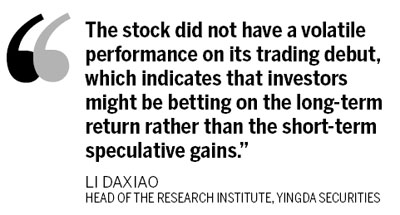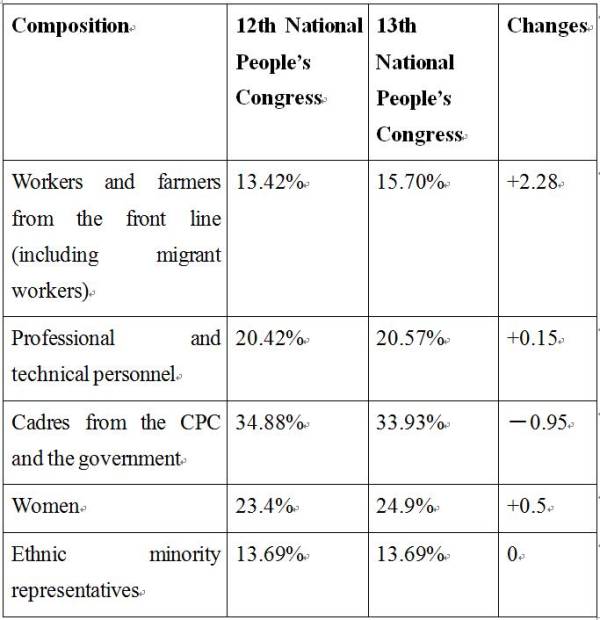### Understanding What is a Loan Swap: A Comprehensive Guide to Its Benefits and Risks
#### What is a Loan Swap?A loan swap is a financial agreement in which two parties exchange their loan obligations. This can involve swapping interest rates……
#### What is a Loan Swap?
A loan swap is a financial agreement in which two parties exchange their loan obligations. This can involve swapping interest rates, currencies, or even the terms of the loans themselves. Loan swaps are often utilized by corporations, financial institutions, and sometimes individuals to manage their debt more effectively or to hedge against interest rate fluctuations.
#### The Mechanics of Loan Swaps
In a typical loan swap, one party may have a fixed-rate loan while the other has a variable-rate loan. By swapping these loans, both parties can potentially benefit from changes in interest rates. For example, if interest rates are expected to rise, the party with the fixed-rate loan may want to switch to a variable-rate loan to take advantage of lower rates. Conversely, if rates are expected to fall, the party with the variable-rate loan may prefer to lock in a fixed rate.
Loan swaps can also involve currency exchanges, where loans in one currency are swapped for loans in another currency. This is particularly useful for multinational corporations that operate in different countries and need to manage currency risk.
#### Benefits of Loan Swaps

1. **Interest Rate Management**: One of the primary reasons for engaging in a loan swap is to manage interest rate exposure. By swapping loans, parties can align their debt obligations with their financial strategies and market expectations.
2. **Cash Flow Optimization**: Loan swaps can help improve cash flow by allowing parties to adjust their payment schedules and amounts. This can be particularly beneficial for companies looking to free up cash for other investments.
3. **Risk Mitigation**: By entering into a loan swap, parties can hedge against potential losses due to interest rate changes. This risk management tool can provide greater financial stability.
4. **Access to Better Terms**: Sometimes, a loan swap can provide access to more favorable loan terms that may not have been available to one of the parties initially.
#### Risks Associated with Loan Swaps
While loan swaps can offer several benefits, they also come with risks:
1. **Counterparty Risk**: This is the risk that the other party in the swap agreement may default on their obligations. It’s crucial to assess the creditworthiness of the counterparty before entering into a swap.
2. **Market Risk**: Changes in market conditions can affect the value of the swap. For instance, if interest rates move in an unexpected direction, one party may end up worse off than before the swap.
3. **Complexity**: Loan swaps can be complicated financial instruments. Understanding the terms and implications of the swap is essential to avoid unforeseen consequences.
4. **Regulatory Risks**: Depending on the jurisdiction, there may be regulatory considerations that affect how loan swaps are executed and reported.

#### Conclusion
In summary, understanding what is a loan swap is crucial for anyone involved in financial management or corporate finance. These instruments can provide significant benefits, such as improved cash flow and risk management, but they also come with inherent risks that must be carefully considered. By thoroughly analyzing the potential advantages and pitfalls, parties can make informed decisions about whether a loan swap is the right strategy for their financial needs. As with any financial instrument, it is advisable to consult with financial experts or advisors to navigate the complexities of loan swaps effectively.
